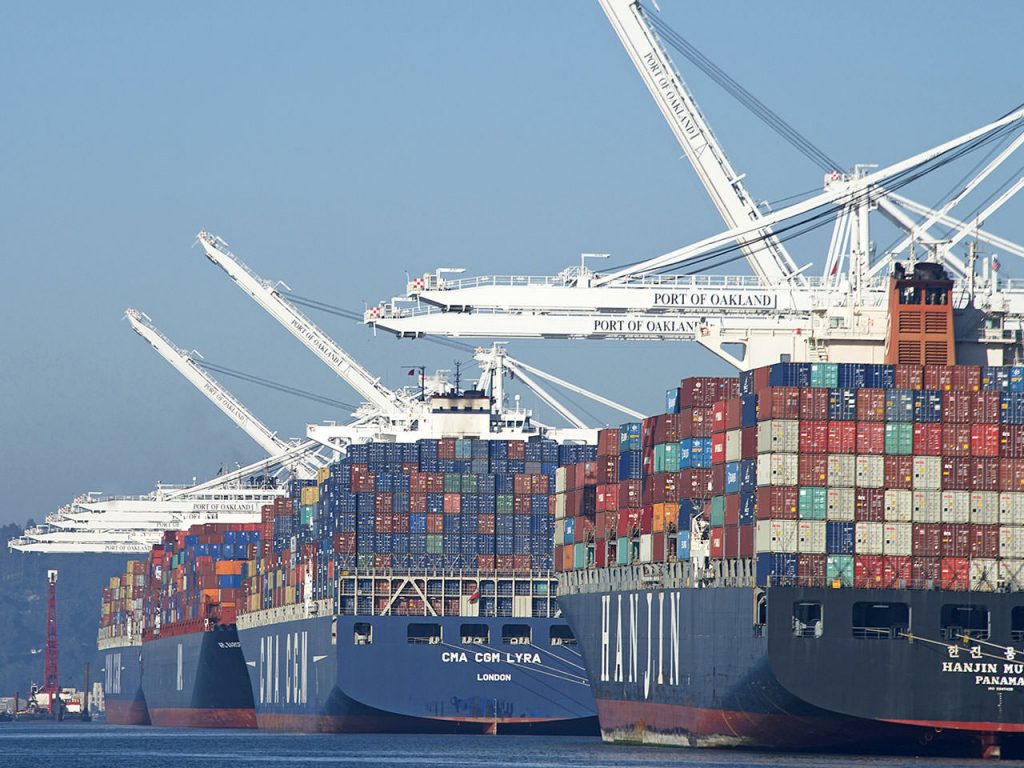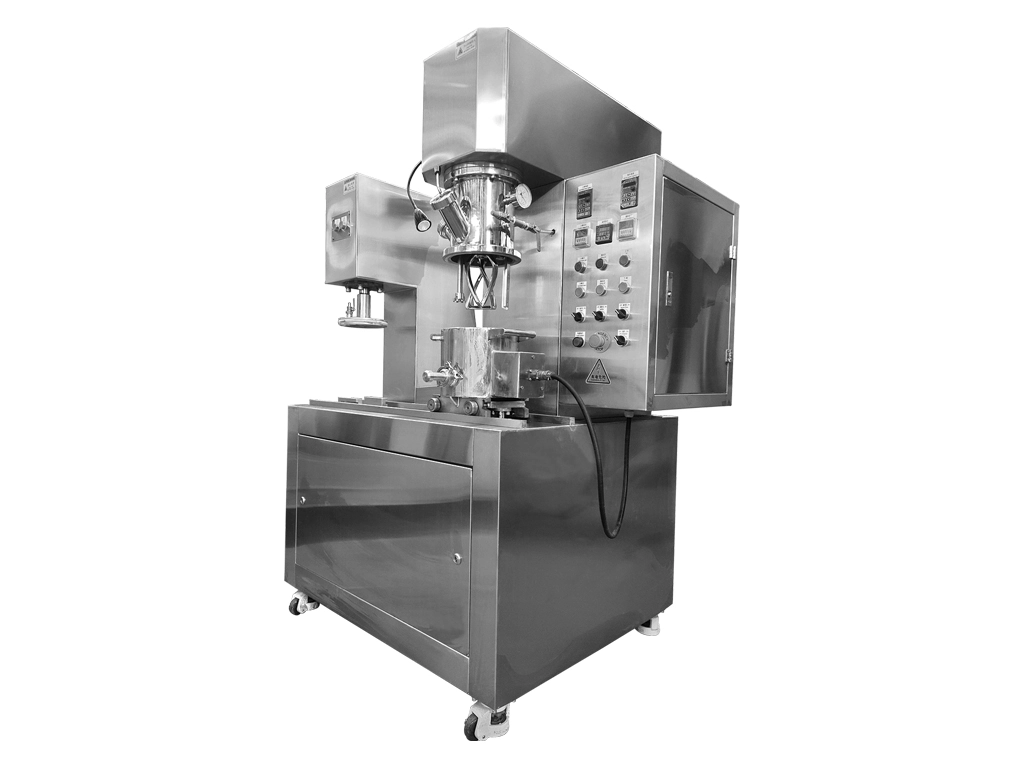
Loading containers onto ships is a complex and crucial process in the shipping industry. It requires meticulous planning, efficient logistics, and specialized equipment to ensure the safe and efficient transportation of goods across the globe. In this article, we will delve into the various stages and techniques involved in loading containers onto ships, providing valuable insights into this intricate operation.
- Preparing the Containers:
Before loading, containers need to be properly prepared to ensure the safety and integrity of the cargo. This includes inspecting containers for damages, checking their weight and dimensions, and ensuring they comply with international shipping standards. Containers must also be properly labeled and secured to prevent any mishaps during transportation. - Terminal Operations:
Container terminals play a vital role in the loading process. These terminals are equipped with advanced infrastructure and machinery to handle the massive volume of containers. Terminal operators coordinate with shipping lines, trucking companies, and other stakeholders to ensure a smooth flow of containers. They manage container storage, organize container stacking, and facilitate the movement of containers within the terminal. - Container Yard Operations:
Container yards are where containers are stored before being loaded onto ships. These yards are strategically designed to maximize space utilization and facilitate efficient container handling. Containers are organized based on their destination, size, and type, allowing for easy retrieval and loading onto the appropriate vessels. Advanced tracking systems and automated equipment help streamline operations and minimize errors. - Crane Operations:
Cranes are the workhorses of container loading. They are responsible for lifting and placing containers onto ships with precision and efficiency. Modern container cranes, such as ship-to-shore (STS) cranes and rubber-tired gantry (RTG) cranes, are equipped with advanced technologies like automation and remote control, enabling faster and safer operations. Cranes carefully position containers in designated slots on the ship, considering weight distribution and stability. - Stowage Planning:
Stowage planning is a critical aspect of container loading. It involves determining the optimal arrangement of containers on the ship to ensure stability, minimize cargo shifting, and maximize space utilization. Stowage planners use sophisticated software and algorithms to create loading plans that adhere to weight restrictions, cargo compatibility, and vessel stability requirements. This meticulous planning helps prevent accidents, such as container collapses or ship listing. - Safety Measures:
Safety is paramount during container loading operations. Workers follow strict safety protocols, including wearing personal protective equipment, using proper lifting techniques, and adhering to safety guidelines. Regular maintenance and inspections of equipment, such as cranes and lifting gear, are conducted to ensure their reliability and prevent accidents. Emergency response plans and contingency measures are also in place to address any unforeseen circumstances.
Conclusion:
Loading containers onto ships is a complex and highly coordinated process that requires expertise, precision, and adherence to safety standards. From preparing the containers to stowage planning and crane operations, every step is crucial in ensuring the safe and efficient transportation of goods worldwide. By understanding the intricacies of container loading, stakeholders in the shipping industry can optimize their operations, minimize risks, and deliver goods in a timely manner.





